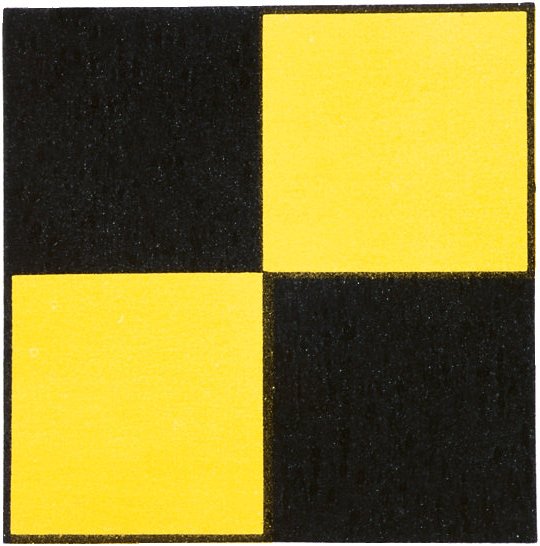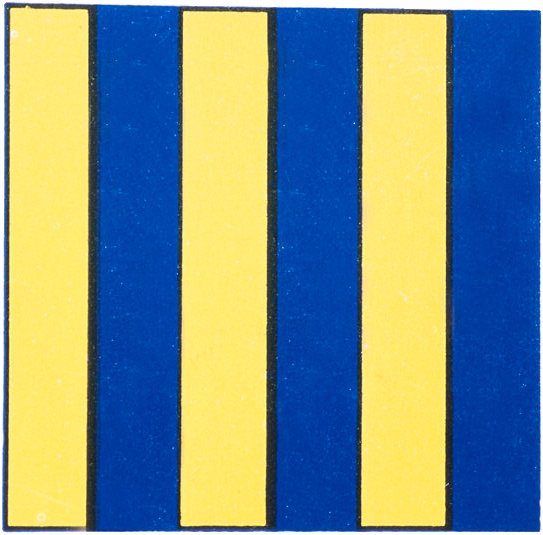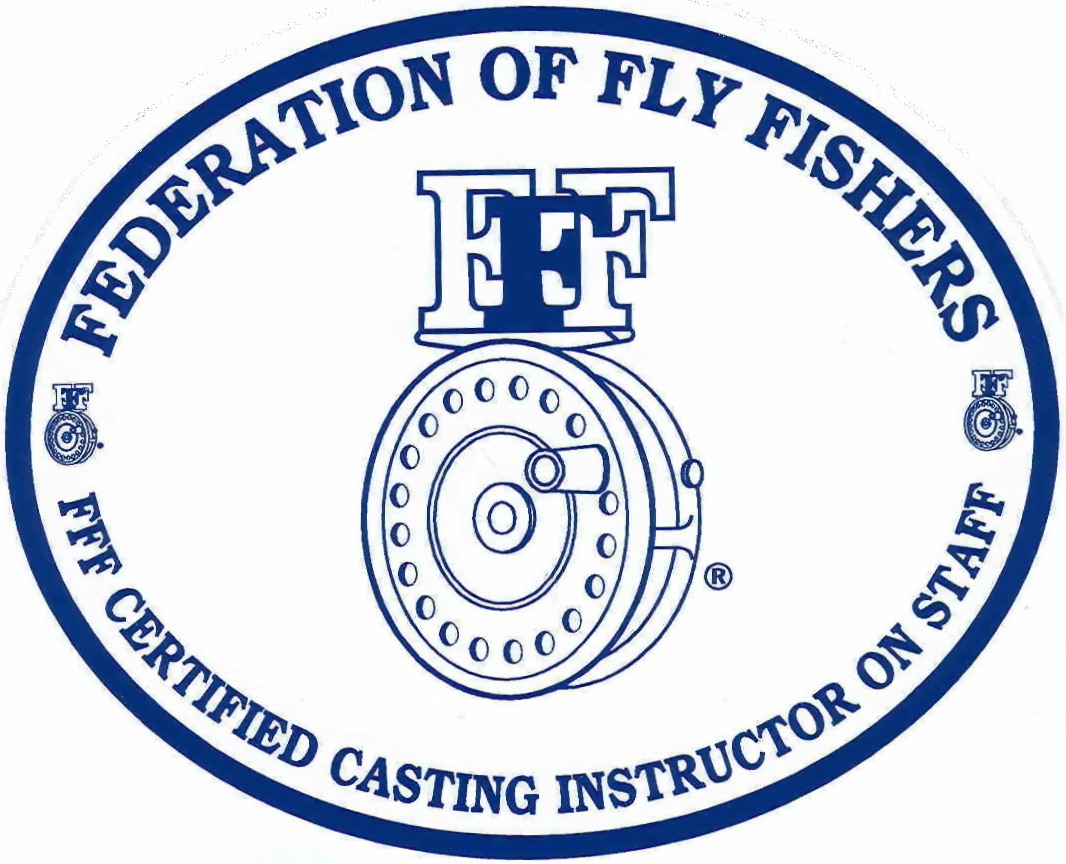Using Sinking Lines
by Captain Jim Barr on 11/13/14
Many anglers don't like to fish with sinking lines, whether they are the full-sink variety (fading quickly in popularity), or the sinking-head variety (in a wide variety of sink rates). This is too bad because in most instances when we are fishing in salt water, the faster sinking lines are going to get the fly in front of more fish than your intermediate (slow sinking) line. Of course there are exceptions to this, such as when fishing the worm hatch when all the action is on the surface or when fish are feeding very high in the water column, or when you are fishing very shallow water and using a sinking line is going to have you hanging up frequently on structure or weed. Much of the time when we are fishing in saltwater we are not sight casting, rather we are prospecting for fish that we know or we suspect are in our waters. If you spend the lion's share of your time casting floating and intermediate sinking lines (1.5 inches/second), you become very comfortable with the pickup process, and the timing delays in your forward and backcasts that you need to employ to get the line to roll out properly in preparation for the next or actual cast.
When your guide suggests you switch to a rod with a sinking line, you immediately say to yourself..."aw crap!", and in short order your casting gets clunky and you remember how much you hate sinking lines. I think as saltwater anglers we gravitate toward the floating and intermediate sinking lines because they are easier to cast, and when we want to catch our fish on or near the surface. We want to see the water blow up on the take, or the big swirl as we turn the fish. The fact of the matter is, not unlike the iceberg theory where 80% of the iceberg is below the water line and never seen, ocean fishing for any of our local (New England) species is largely a sub-surface game. So, my recommendation is if you want to catch more fish, particularly from a boat- make the sinking line your friend. Practice casting it!
Picking up the Sinking Line
Picking up your floating and also your intermediate line in preparation for your next cast is generally a piece of cake. If you can roll cast first, then pick up the line using a single haul, the process of delivering your next cast becomes much easier. If you haul on the pickup to get the line moving more quickly, on your backstroke you can also slip line to quickly get more line airborne, then drift a bit at the end of your backcast before you come forward and shoot line (what the hell is this guy talking about!), then you're in fat city.
However, when we cast with any of the sinking lines, a few things have to change to get it right. For the sake of discussion let's start with the scenario where our line in already in the water at some depth and we are stripping in line getting ready to pick up for our next cast. If we are using one of the heavier grain sinking lines, considerable line may be at a deep and steep angle in the water column. You can be Charles Atlas yet still be unable to pick up the entire line that's beyond the tip of your fly rod in preparation for your backcast. So, the pickup for the backcast needs to be done in stages in order to get all or most of the fly line on top of the water's surface so you are positioned to execute the backcast. How we do this is pretty straight forward.
Employ the Roll Cast Pickup
Recall the Roll Cast you use when casting in fresh water when you have no room to backcast due to some type of natural obstruction behind you such as a river bank, bush, tree etc. If we slowly haul with our line hand as we raise the rod to a high position (so the reel is level with our ear), then execute the roll cast, this gets the line moving towards the surface. We may have to execute another roll cast if the line is still deep, perhaps even a third time. Each time we execute this maneuver we continue to reposition our sinking line closer to the waters surface. The last roll cast should have the line on top of the water's surface. As soon as the line lays out, you start your back cast with a Water Haul which is "fly cast speak" for simply allowing the surface tension of the water acting on the fly line that provides resistance against being picked up by the fly rod. As you initiate the backcast the rod loads (bends) beautifully, the water then finally gives up it's grip on the fly line and you are into your backcast. Slip a little line in that backcast (allowing the weight of the line to pull extra line through your line hand), then pinch it, drift the rod backwards slightly, then start your forward cast using another haul- then let'er fly. Whew!!
As you read this you're probably now thoroughly convinced you hate fly casting, particularly with a sinking line. I realize this may be difficult to visualize, but thirty minutes with a qualified fly casting instructor will enable you to use this casting technique, that can also be employed when casting your floating and intermediate lines. The roll cast used to reposition the fly line has many applications that can be utilized in virtually all your fly fishing presentations.
Roll Cast Pickup Video Demonstration
My friend Peter Kutzer of the Orvis Fly Fishing School in Manchester, VT is featured in a YouTube video executing the Roll Cast Pickup (above title is hotlinked).
Six Tips for Casting Sinking Lines- Tom Rosenbauer/ Orvis
The following link will take you to the Orvis website for additional information on using sinking lines. http://www.orvis.com/news/fly-fishing/Sinking-Line/





